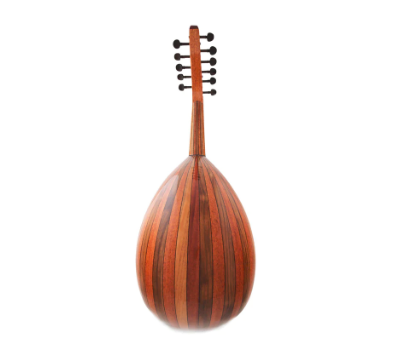In the world of music, few instruments have the ability to transcend cultural boundaries and create a harmonious fusion of Eastern and Western musical traditions. The saz, a stringed instrument with roots in the Middle East and Central Asia, serves as a bridge between these two diverse musical worlds. With its unique sound and versatility, the saz has found its place in the hearts of musicians and enthusiasts, seamlessly connecting East and West in a harmonious musical journey.
A Bridge of Cultures:
The Saz, also known as “bağlama,” is a plucked string instrument with a distinct pear-shaped body and a long neck. It is often associated with Turkish, Persian, and Central Asian musical traditions. The instrument’s design and sound have made it a cultural symbol and a significant element in the music of these regions.
Adaptability and Versatility:
What sets the saz apart is its adaptability and versatility. While deeply rooted in Eastern musical traditions, it has found its way into Western musical genres, creating a harmonious blend of sounds. Musicians around the world have embraced the saz, using it to infuse their compositions with an Eastern flavor, thereby bridging the musical gap between East and West.
Global Appeal:
Contemporary music genres like fusion, world music, and experimental music have welcomed the saz with open arms. Its unique timbre, scale system, and playing techniques have made it a valuable addition to Western ensembles and collaborations. This instrument, with its mystical and resonant sound, transcends cultural and geographical boundaries, captivating a global audience.
A Harmonious Fusion:
Musicians who incorporate the saz into their work often discover the instrument’s capacity to create a harmonious fusion of musical traditions. Its distinctive tonal quality and melodic possibilities provide a fresh and enchanting layer to compositions, offering a deeper musical experience for both the creators and the listeners.
An Instrument of Unity:
The saz stands as a symbol of unity in diversity, demonstrating how music can bring people together, regardless of their cultural backgrounds. It exemplifies the idea that music is a universal language that transcends borders, creating connections and understanding among diverse audiences.
Bridging Past and Present:
While the saz represents the historical traditions of the East, it also reflects the dynamic evolution of music in the modern age. Musicians continue to explore the saz’s potential, pushing the boundaries of creativity and incorporating its unique sounds into contemporary compositions, thus building a bridge that connects past and present musical landscapes.
In short, the saz instrument serves as a harmonious bridge, connecting East and West through the language of music. Its adaptability, versatility, and global appeal make it a powerful symbol of unity and creativity, reminding us that music has the remarkable ability to transcend cultural boundaries and create connections that enrich our musical experiences.



